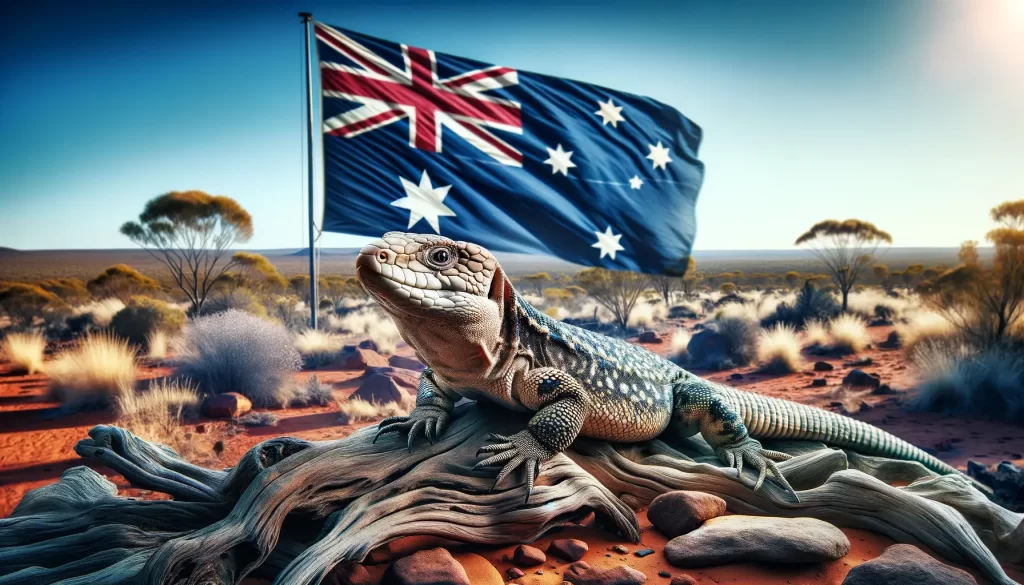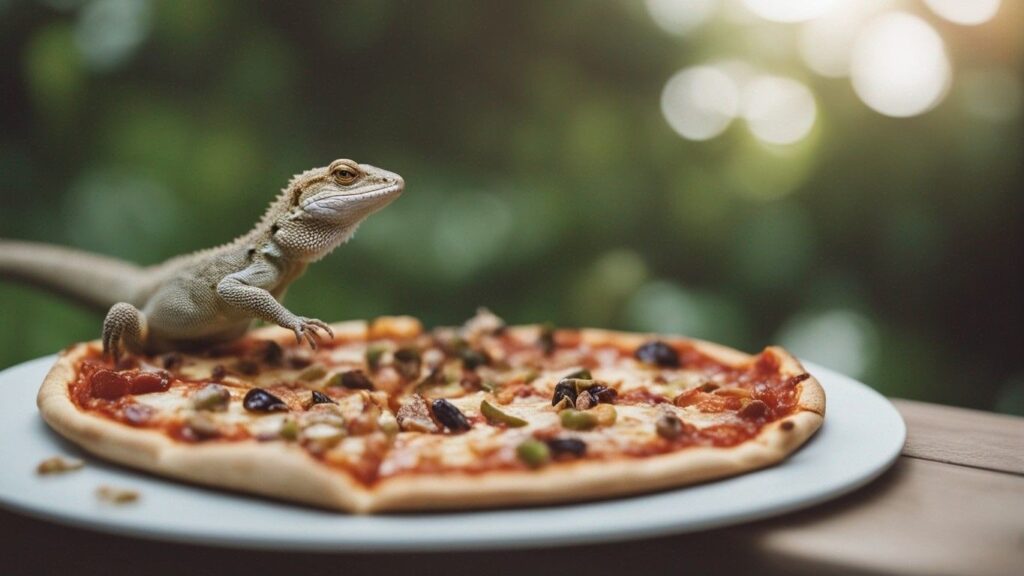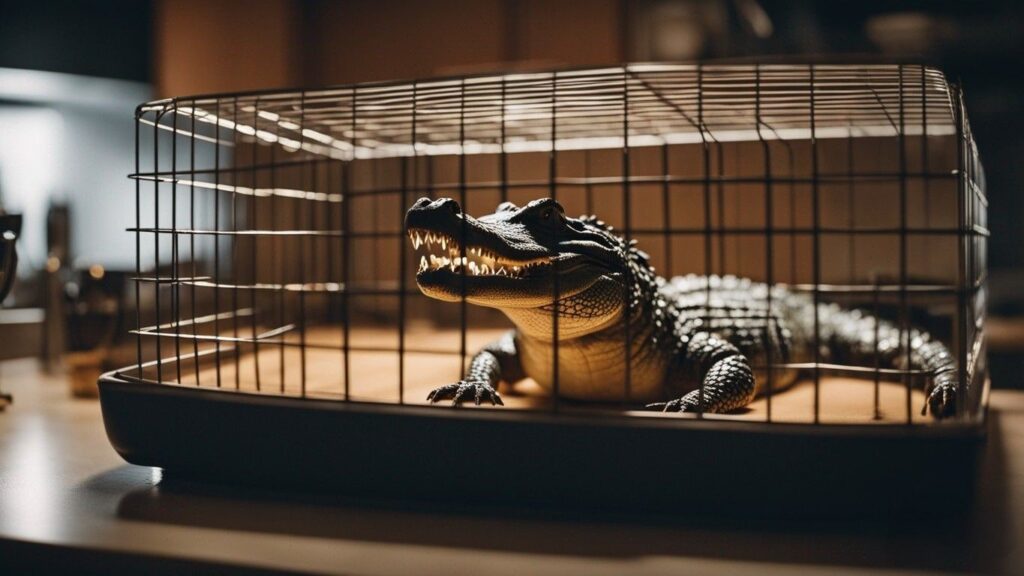
If you’ve ever wondered about owning a pet lizard in Australia, you’ll be glad to know that there are quite a few options to choose from.
With the nation’s strict regulations on exotic species, it’s essential to be aware of the lizards that are legal and suitable as pets.
From the beautiful bearded dragon to the vibrant blue-tongued skink, this article will unveil the intriguing world of pet lizards available for ownership Down Under.
Whether you’re a reptile enthusiast or simply curious, read on to discover the fascinating creatures that can become your scaly companion in Australia.
Lizard Ownership Regulations in Australia
When it comes to owning pet lizards in Australia, there are specific legal requirements that need to be followed.
These regulations aim to protect both the lizards themselves and the environment in which they live.
It is important to be aware of these regulations before considering bringing a pet lizard into your home.
Legal Requirements for Owning Pet Lizards
In Australia, each state and territory has its own set of regulations regarding the ownership of pet lizards.
These regulations may vary slightly from one jurisdiction to another, so it is essential to familiarize yourself with the specific regulations for your area.
Generally, you will need a reptile keeper’s license to legally own pet lizards. Obtaining this license requires meeting certain criteria set by the authorities, which usually include proven knowledge of reptile husbandry, appropriate housing conditions, and compliance with local laws and regulations.
It is also important to note that some species of lizards are classified as threatened or endangered, and their ownership is strictly regulated to protect their populations in the wild.
These regulations are in place to prevent the illegal trade and capture of these species, as well as to promote their conservation.
Therefore, it is crucial to be aware of the restricted and prohibited species list to ensure you are not inadvertently violating any laws.

Restricted and Prohibited Species
The list of restricted and prohibited species may vary among different states and territories, but some common examples include the Lace Monitor, Gould’s Monitor, and the Spencer’s Monitor.
These lizards are considered to be at risk and require a specific permit or license to own legally.
It is crucial to research and understand the regulations surrounding restricted species to avoid any legal repercussions or harm to the species themselves.
Popular Pet Lizard Species in Australia
While there are some restrictions on certain lizard species, there are still many popular and relatively common pet lizard species that you can legally own in Australia.
Let’s take a closer look at some of these species:
Bearded Dragons
Bearded dragons are one of the most popular pet lizard species in Australia. Known for their impressive appearance and docile nature, they make great reptile companions.
Bearded dragons require a spacious enclosure with proper heating and lighting, as well as a diet consisting of insects and vegetation.
Blue Tongue Skinks
Blue tongue skinks are another widely kept pet lizard species in Australia. These lizards are known for their distinct blue tongue and easy-going temperament. They require a large enclosure with controlled temperatures and a diet of both insects and vegetables.
Shingleback Skinks
Shingleback skinks, also known as bobtails, are native to Australia and are characterized by their short, stubby tails. These lizards have a unique appearance and make for interesting pets. They require a well-maintained enclosure with a warm area for basking and a diet that includes both plant matter and insects.
Green Tree Pythons
Green tree pythons are a stunning species of lizard that require an experienced owner due to their specific care requirements. These arboreal lizards need tall enclosures with ample climbing opportunities and high humidity levels. Their diet consists mainly of small rodents.
Eastern Water Dragons
Eastern water dragons are semi-aquatic lizards commonly found near water sources, such as rivers and ponds. They have unique behaviors and can be quite active and interactive. These lizards require a large enclosure with both land and water areas, as well as a varied diet consisting of insects, fruits, and vegetables.

Lizard Care and Maintenance
Proper care and maintenance are vital for keeping pet lizards healthy and happy. Here are some essential aspects to consider when providing care for your pet lizard:
Habitat Setup
Creating an appropriate habitat for your pet lizard is crucial. Each species has different requirements when it comes to temperature, humidity, substrate, and furnishings. Research the specific needs of your chosen species and create an enclosure that mimics their natural environment as closely as possible. Providing hiding spots, climbing branches, and suitable substrate will help replicate their natural habitat and promote their overall well-being.
Temperature and Lighting Requirements
Lizards are ectothermic creatures, meaning they rely on external heat sources to regulate their body temperature. It is essential to provide a temperature gradient within the enclosure, allowing the lizard to move between warmer and cooler areas as needed. Additionally, certain species may require specific types of lighting to meet their UVB requirements, which help with calcium metabolism and overall health. Consult an expert or do thorough research to ensure you are providing the appropriate temperature and lighting conditions for your pet lizard.
Feeding and Diet
Proper nutrition is crucial for the health of your pet lizard. The dietary requirements of lizards can vary depending on the species, but generally, most pet lizards have a diet consisting of both insects and vegetation. It is important to provide a varied and balanced diet to ensure they are receiving all the necessary nutrients. Consult with a veterinarian or reptile specialist to establish a suitable feeding plan for your specific pet lizard.
Handling and Enrichment
Handling your pet lizard should be done with care and respect. Many lizards can be easily stressed, so it is essential to approach them calmly and gently. Regular handling can help build trust between you and your lizard, but it is important to recognize their comfort levels and not force any interactions. Additionally, providing enrichment within their enclosure, such as toys, mirrors, and opportunities for mental stimulation, can help keep your pet lizard entertained and prevent boredom.
Pet Lizard-Related Health and Safety Concerns
While owning a pet lizard can be a rewarding experience, it is crucial to be aware of certain health and safety concerns associated with them.
Zoonotic Diseases
Zoonotic diseases are infections that can be transmitted between animals and humans. Although the risk of zoonotic diseases from lizards is relatively low, it is still essential to practice good hygiene when handling and caring for your pet lizard. Always wash your hands thoroughly after handling them or cleaning their enclosure, and avoid allowing the lizard to come into contact with your face or mouth.
Handling Precautions
Some lizards may have specific handling precautions due to their temperament or physical characteristics. For example, monitor lizards, which are larger and more active, may require more caution when handling compared to smaller and more docile lizards. Always research the specific handling requirements and potential risks associated with your chosen lizard species to ensure both your safety and the well-being of the lizard.
Final Thoughts
In conclusion, owning a pet lizard in Australia requires knowledge of the legal requirements, including obtaining a reptile keeper’s license and adhering to the regulations regarding restricted and prohibited species. Popular pet lizard species in Australia include bearded dragons, blue tongue skinks, shingleback skinks, green tree pythons, and eastern water dragons. Proper care and maintenance, including providing suitable habitats, temperature and lighting requirements, a balanced diet, and enrichment opportunities, are essential for keeping pet lizards healthy and happy. It is crucial to be aware of zoonotic diseases and practice good hygiene, as well as take necessary handling precautions based on the specific lizard species. By following these guidelines, you can have a fulfilling experience as a responsible pet lizard owner in Australia.



